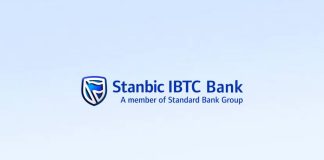The dollar rallied to a five-month high on Monday as relief over the fading risks of an outbreak in China-U.S. trade war prompted investors to cut their short positions against the greenback.
Against a basket of its peers, the dollar rose 0.4 percent above 94 briefly for the first time since late December 2017. It was trading at 93.84 in late morning trade.
Market players cut their dollar short positions for the fourth consecutive week, reducing the net outstanding short positions to its lowest since the start of the year, latest positioning data for the week ending May 15 showed.
“While the dollar is trading near the upper end of its recent trading ranges, the rally may have further room to run given the extent of short positions in the market,” State Street Global Advisors head of macro strategy Timothy Graf said.
The overall size of short dollar positions has fallen to about $11 billion from a near seven-year high of nearly $28 billion in late April as hedge funds rushed to cover their short positions, sending the dollar surging.
BMO Financial Group European head of FX strategy Stephen Gallo said in a note that long dollar positions are now joint third biggest, along with long Japanese yen, in G10 foreign exchange trading.
But that unwinding has not been uniform. JPMorgan strategists believe that while leveraged accounts have broadly unwound their short dollar bets, asset managers “have yet to meaningfully capitulate”.
This week will bring about a further test for stubborn euro bulls with the release of May flash PMI data on Wednesday where markets will be waiting to see whether the first quarter slowdown in Europe has spilled over to the subsequent months.
The dollar rally over recent weeks has taken currency markets by surprise, rising 5.4 percent in just over a month. It was the currency’s biggest gain since the last quarter of 2015, when the U.S. Federal Reserve was preparing markets for its first interest rate increase since the financial crisis of 2008.
An improving U.S. economy has led the Fed to raise interest rates faster than its central bank peers, who have been reluctant to end the policy support they have provided their economies. Currency markets have felt the impact, especially in euro and sterling, Reuters reports.
“The dollar’s advance is also a reflection of poor developments abroad,” Brown Brothers Harriman global head of FX strategy Marc Chandler said.













